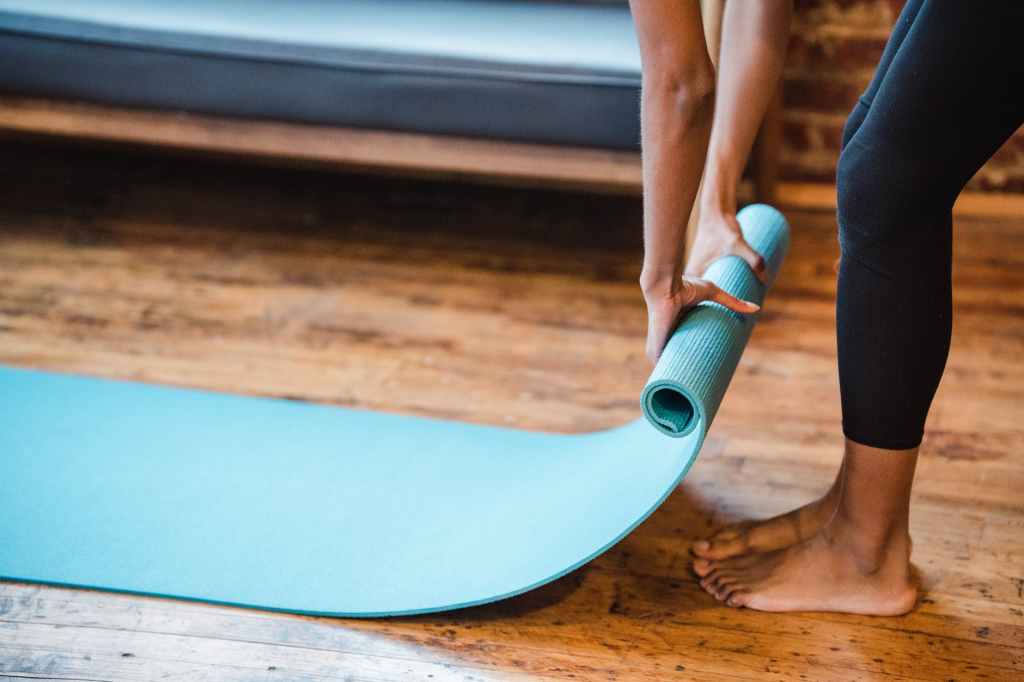Joint pain is a very common ailment for people of all ages, but in particular in those over fifty. As we age, our bodies become creakier, and compounded with the usual weight gain that happens when we get older, this pain usually worsens as time goes on. Some people also have old injuries that flare up too, making the joint pain even worse.
Looking after our bodies to the optimum levels usually requires doing consistent exercise that keeps us at a healthy weight and maintains muscle strength. However, some exercises aren’t great for our joints, and for those with joint pain, are best avoided altogether. Conversely, there are some forms of exercise that are excellent for managing joint pain and staying fit too.
In this blog we will take a look at the best and worst exercises for those with joint pain, as well as a brief insight into how to manage joint pain when it arrives. Let’s get started, shall we!
The Best Exercises For Joint Pain
- Swimming
Swimming is the perfect exercise for those who experience joint pain or arthritis. The buoyancy of the water supports your body while your muscles work, meaning you get the benefits of strength and cardiovascular fitness, without putting pressure on your sore joints. Plus, the compound exercise of swimming allows for more joint flexibility, reducing inflammation and generally bringing you new levels of fitness, minus joint pain!
- Yoga
Yoga is an ancient practice that has spread around the world due to its strengthening, lengthening and calming properties. This fantastic form of exercise provides those who do it with healthier bodies without being rough or harsh on the joints. You can modify your yoga practice to be comfortable, and can use knee pads, padded yoga mats or other helpful equipment to soften the pressure even further.
- Tai Chi
If you’ve never tried Tai Chi and you have arthritis, you should definitely give it a go. Tai Chi involves repeating fluid motions with your body, building your core strength while simultaneously aiding joint movement and flexibility. Plus, it’s super relaxing! When your body and mind are focused yet relaxed, it can help relieve pain which is only extrapolated by stress or anxiety.
The Worst Exercises For Joint Pain
- Running
It is a well-known fact that running, while fantastic for cardiovascular fitness, is no friend of your joints. Your feet, ankles, knees, hips and spine can all be adversely affected by frequent running, and many runners have to retire at a young age due to joint-related injuries and pain. While jogging isn’t an out-and-out bad thing at all, it probably is best avoided if you have bad joints or arthritis.
If you do enjoy running and want to continue, make sure to invest in high quality running shoes that help absorb the impact and reduce joint pain.
- Horse riding
Horse riding is a wonderfully fun sport that teaches you a lot, but it isn’t particularly good for your joints, especially if you have joint pain to start off with. The seated position puts your hips under some pressure, and unless you have great core strength or are already an experienced rider, it is likely your back will suffer too.
Only riders who have great experience or high fitness levels can hold a position while riding that doesn’t hurt their joints – so if you’re a beginner with arthritis, it might be time to find a new sport.
3. High Impact Sports
High-impact sports such as tennis, rugby, basketball, football or squash are generally a no-go if you want to avoid joint pain. Repeatedly jumping, landing, twisting and turning can be very hard on your joints, making your joint pain worse over time.
Caring For Sore Joints
Taking care of sore joints is about consistency. Stretching daily while building muscle strength is one of the best ways to support your joints, because it helps to take weight off the joints and use your muscles to cushion the impact.
Additionally, you should speak with your doctor about medications and soothing balms that can be applied to sore areas to help with daily or chronic joint pain. Products like flexiseq gel are highly beneficial to people who can’t get rid of joint pain altogether, but want to relieve some of the pain that comes from it, to support their daily activities and exercise too.
Finally, it is advisable to visit regularly with a physiotherapist to care for your joints, as they can give you advice on how to exercise to support your joint pain and ultimately reduce it over time. Some people can access physiotherapy through their health insurance, especially if they are referred by a medical professional first.

Leave a comment